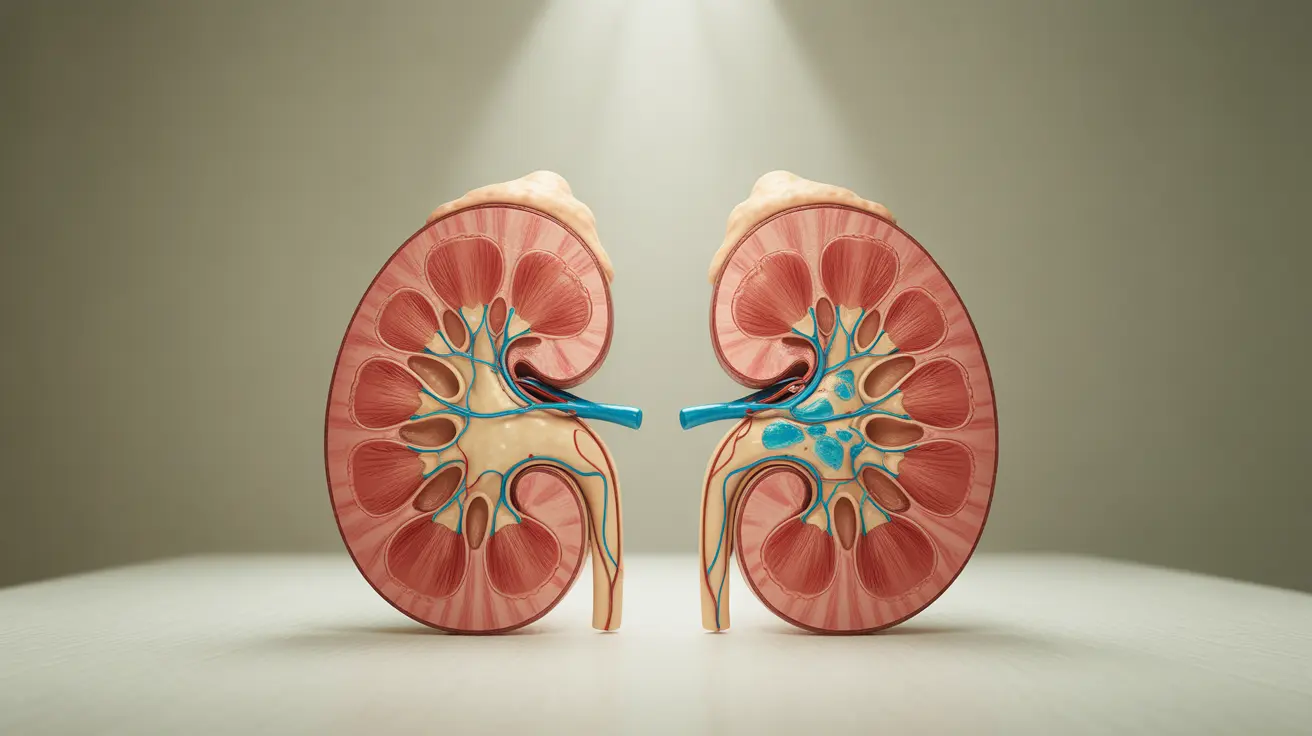Ethmoid sinusitis, an inflammation of the ethmoid sinuses located between your eyes, is a condition that requires careful attention and understanding. While common, this condition can lead to complications if left untreated, making it essential to recognize its symptoms and know when to seek medical intervention.
Understanding the potential risks and complications of ethmoid sinusitis helps ensure timely treatment and prevents more serious health issues. This comprehensive guide will explore the condition's symptoms, diagnosis, treatment options, and warning signs that indicate the need for immediate medical attention.
Understanding Ethmoid Sinusitis and Its Symptoms
Ethmoid sinusitis occurs when the ethmoid air cells become inflamed or infected. Common symptoms include:
- Facial pain and pressure between the eyes
- Nasal congestion and discharge
- Reduced sense of smell
- Headache
- Post-nasal drip
- Fever (in some cases)
These symptoms may range from mild to severe and can significantly impact daily life. While many cases are acute and resolve within a few weeks, chronic cases lasting more than 12 weeks require special attention.
Potential Complications and Risks
While ethmoid sinusitis itself is typically not dangerous when properly treated, certain complications can arise if the condition is severe or left untreated:
- Orbital complications (due to proximity to the eyes)
- Spread of infection to nearby structures
- Chronic sinusitis development
- Meningitis (in rare cases)
- Vision problems
When to Seek Medical Attention
Certain warning signs indicate the need for immediate medical evaluation:
- Severe headache with high fever
- Changes in vision or eye movement
- Significant swelling around the eyes
- Symptoms lasting longer than 10 days
- Worsening symptoms despite over-the-counter treatments
Treatment Options and Management
Treatment for ethmoid sinusitis typically involves a combination of approaches:
Conservative Treatment
- Nasal saline irrigation
- Steam inhalation
- Over-the-counter decongestants
- Pain relievers
Medical Interventions
- Antibiotics (for bacterial infections)
- Prescription nasal corticosteroids
- Antihistamines (for allergic causes)
Prevention and Lifestyle Modifications
Several preventive measures can help reduce the risk of developing ethmoid sinusitis:
- Regular hand washing
- Maintaining good nasal hygiene
- Using a humidifier
- Avoiding known allergens
- Quitting smoking
- Managing allergies effectively
Frequently Asked Questions
What are the symptoms of ethmoid sinus cancer and how do they differ from common sinus infections?
Ethmoid sinus cancer symptoms often include persistent one-sided nasal obstruction, recurring nosebleeds, facial numbness, and visual changes. Unlike sinusitis, these symptoms typically don't respond to standard treatments and tend to worsen progressively.
How is ethmoid sinus cancer diagnosed, and what are the typical stages of this disease?
Diagnosis involves imaging studies (CT, MRI), nasal endoscopy, and biopsy. Staging ranges from Stage I (confined to the sinus) to Stage IV (spread to distant organs), with each stage requiring different treatment approaches.
Can ethmoid sinus cancer be prevented, or are there lifestyle changes that can reduce the risk?
While not all cases can be prevented, avoiding tobacco, limiting alcohol consumption, and reducing exposure to workplace chemicals and wood dust can help reduce risk. Regular check-ups can aid in early detection.
What are the treatment options for ethmoid sinus cancer, and how effective are they in different stages?
Treatment options include surgery, radiation therapy, chemotherapy, or combinations thereof. Early-stage cancers typically respond well to treatment, while advanced stages may require more aggressive therapeutic approaches.
Is ethmoid sinus cancer more dangerous than ethmoid sinusitis, and when should I seek medical attention for persistent sinus symptoms?
Yes, ethmoid sinus cancer is more dangerous than sinusitis. Seek immediate medical attention if you experience persistent unilateral symptoms, unusual bleeding, visual changes, or symptoms that don't improve with standard sinusitis treatment after 10-14 days.




